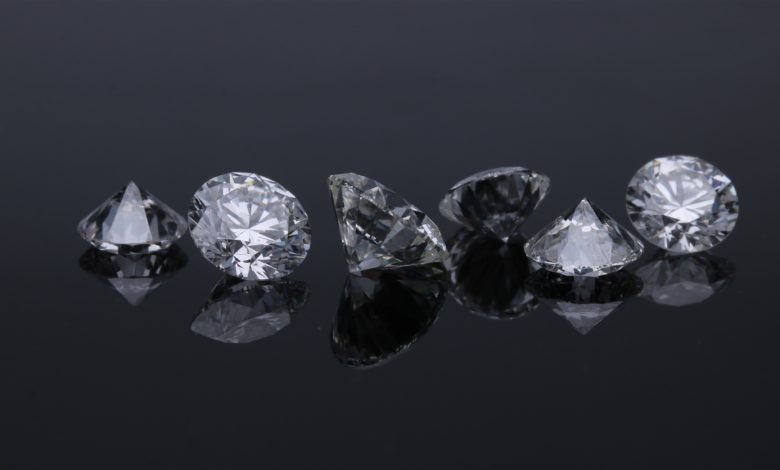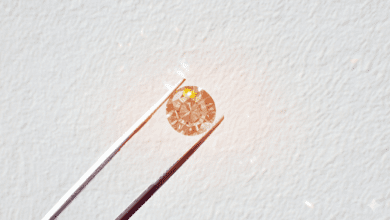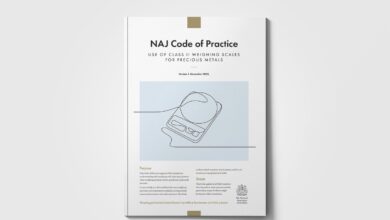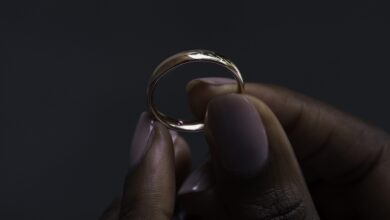De Beers revenues plummet 23% in FY24
Looking ahead, production guidance for 2025 is 20–23 million carats (100% basis), reflecting the challenging rough diamond trading conditions

Register to get 1 free article
Reveal the article below by registering for our email newsletter.
Want unlimited access? View Plans
Already have an account? Sign in
De Beers has reported a 23% reduction in total revenues to $3.3bn (£2.61bn) year-on-year, primarily due to a 25% reduction in rough diamond sales to $2.7 billion (£2.13bn).
The consequential impact of lower sales volumes, a lower average price index and higher unit costs resulted in an underlying EBITDA of $25m (£19.75m) (2023: $72m (£56.8m)).
Total rough diamond sales volumes decreased by 28% to 17.9 million carats (2023: 24.7 million carats).
The average realised price, however, increased marginally by 3% to $152/ct (£120), reflecting a larger proportion of higher value rough diamonds being sold, offset by a 20% decrease in the average rough price index from 133 in 2023 to 107 in 2024.
During the year, the mining operations delivered steady operational performance, despite a 22% decrease in rough diamond production to 24.7 million carats.
In Botswana, production was reduced by 27% to 17.9 million carats (2023: 24.7 million carats), as a result of planned actions to lower production at Jwaneng.
Meanwhile, production in Namibia decreased by 4% to 2.2 million carats (2023: 2.3 million carats), reflecting intentional action to lower production at Debmarine Namibia, which was down 13% year-on-year, partially offset by planned higher grade mining and better recoveries at Namdeb.
Similarly, production in Canada also decreased by 16% to 2.4 million carats (2023: 2.8 million carats) due to the planned treatment of lower grade ore.
However, in South Africa, production increased by 8% to 2.2 million carats (2023: 2.0 million carats), driven by the Venetia underground project and a slight improvement in ore grades.
Looking ahead, production guidance for 2025 is 20–23 million carats (100% basis), reflecting the challenging rough diamond trading conditions.
De Beers stated that it continues to monitor rough diamond trading conditions and will respond accordingly.
Production will then be increased steadily over the next two years to 28-31 million carats (100% basis) in 2027, as the business responds to the anticipated market recovery.
De Beers said: “Near-term market conditions are expected to remain challenging in 2025 as polished pull-through remains subdued and industry players continue to manage inventory levels. In the medium-term, production cuts announced by a number of producers coupled with stabilisation of demand in China and a normalisation of industry inventory levels are expected to result in modest rough price growth. Consumer demand and retailer re-stocking are expected to be supported by marketing for natural diamonds, with the long-term outlook for the natural diamond industry remaining favourable.
“Lab-grown diamond wholesale prices continue to fall and have further room to do so until they converge with the marginal cost of production. Long-term retailer incentives associated with lab-grown diamonds are expected to diminish, supported by growing consumer awareness of the low production cost and relative abundance of lab-grown diamonds, reinforcing their positions as different products. As the economics of selling lab-grown diamonds become more challenging, there are signs that retailers in the US are returning their focus to natural diamonds and this trend is expected to continue.”







